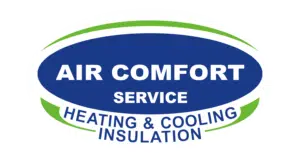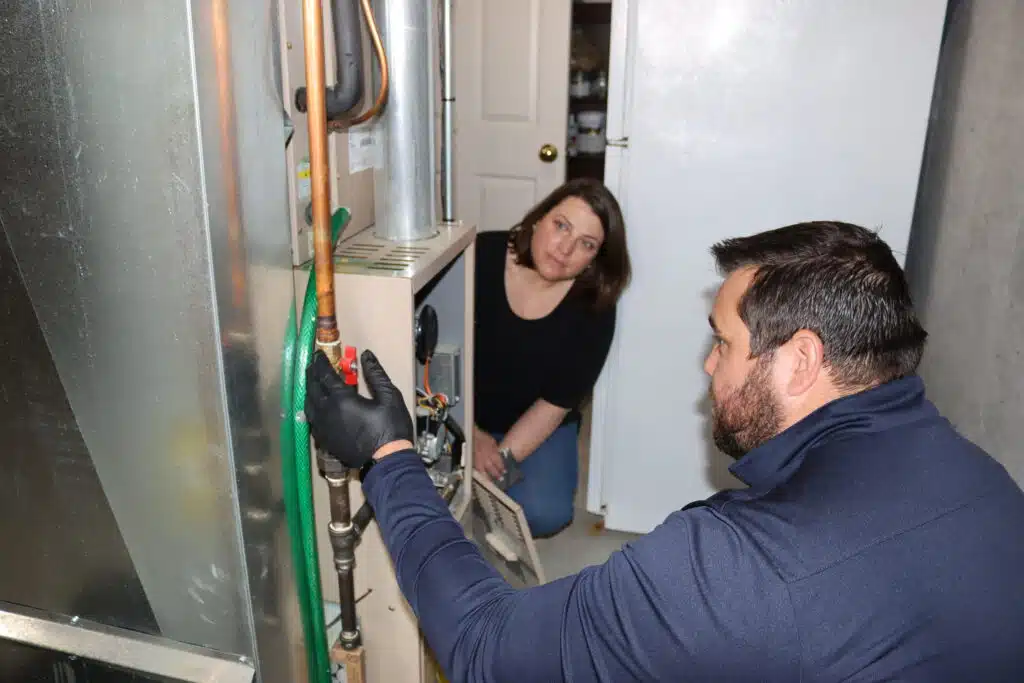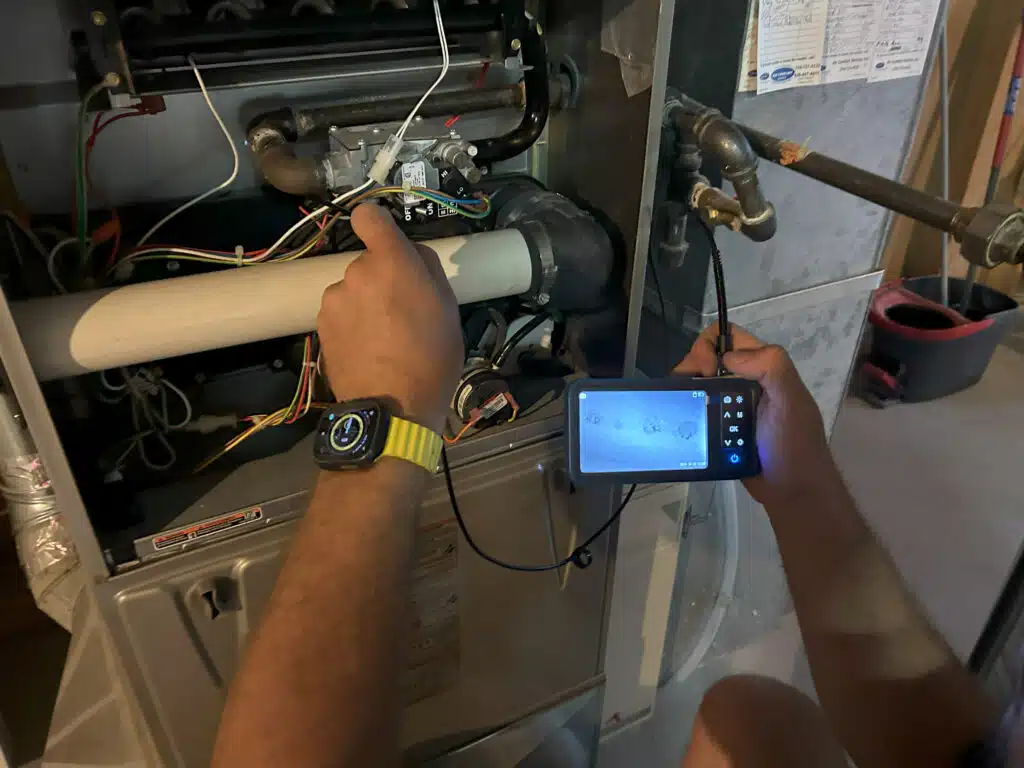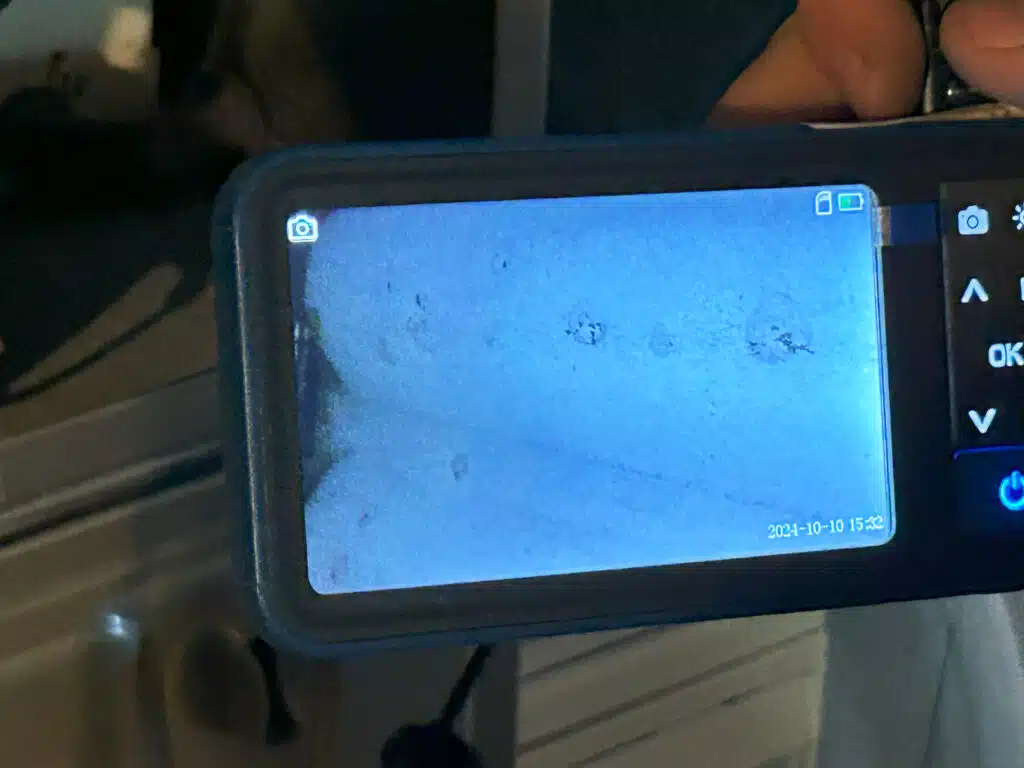Should I Repair or Replace My Furnace? Make Your Decision with Eyes Wide Open
Keeping our customers informed and educated is at the core of Air Comfort Service’s values. Recently, during three routine System Checks for our Preferred Partners, Technician Stan M brought good news and bad news to our partners. Each of these occasions presented its own set of considerations for the customer.
Only you can decide the best way to invest in your home and your comfort. Our technicians are dedicated to giving you all your available options in an easy-to-understand manner. Here are a few examples of conversations Stan had:
Homeowner 1 – The Bad News
This Homeowner’s furnace was at the end of its life cycle. During his thorough, 28-point inspection, Stan discovered a troubling issue – holes in the heat exchanger. Our technicians are instructed to immediately shut down a furnace with holes in the heat exchanger, as this issue can lead to severe health and safety concerns.
Holes or cracks in the heat exchanger can potentially increase carbon monoxide levels, which could pose a danger to anyone in the home. The homeowner opted to get a quote on new equipment from our project managers.
Homeowner 2 – The Good News
This homeowner had a 12-year-old AC unit and a new furnace. The AC unit is nearing the end of its life expectancy (10-15 years on average), but Stan found no issues with the unit. The homeowner was given the peace of mind to know that their AC and furnace were in good working order, but that within the next few years, it would be a good idea to start planning for a new AC.
No one wants to hear that they need a new AC unit, and in this case, the homeowner did not (and hopefully won’t for a while). Regular maintenance can help prevent breakdowns and extend the life of your HVAC system.
Homeowner 3 – Being Proactive
At one stop, a customer had a furnace nearing the end of its life cycle. Stan showed the homeowner concerning areas of wear that could likely become cracks or holes in the heat exchanger in the near future.
Stan explained the dangers of a cracked heat exchanger to the homeowner, who decided to monitor the situation and try to get another season out of their furnace.
During the System Check, Stan also discovered holes and degradation in the water heater’s flue pipe that presented a safety risk. After informing the homeowner and discussing options, Stan was able to replace the pipe before leaving.
Presenting all the Information
Educating homeowners is a top priority for our technicians. Every homeowner needs to decide on the option that best fits their current situation, and having relevant information is important when making those decisions.
In the case of the cracked heat exchanger, that unit posed an immediate safety risk. The customer could either replace the heat exchanger (an expensive repair) or replace the unit. If they replaced the heat exchanger, the cost of the repair would be substantial, but still less than a new unit. However, other components could fail after the repair. The homeowner could sink a substantial amount into a unit that isn’t likely to survive more than a handful of years without more costly repairs.
On the other hand, there are pros and cons to purchasing a new unit. A new unit is a costly investment. However, a new unit is at the start of a new lifecycle and will last longer than the repaired unit with less chance of costly repairs. A new unit comes with a factory warranty, and if the homeowner chooses to remain a Preferred Partner, they would also have an extended labor warranty through Air Comfort Service.
Ultimately, it’s up to the homeowner to decide what option fits their needs best, and having a full, transparent picture of their options is crucial in making that decision.
In the case of the customer with wear in the heat exchanger but no holes, monitoring the situation with the bi-annual System Checks included with our Preferred Partner Plan made sense for their situation. Stan made sure to explain that there isn’t a problem now, but it will likely become one in the future so that the homeowner has no surprises and can plan accordingly. Upcoming federal regulation changes will make new systems in 2025 and beyond significantly more expensive.
Does it make more sense to buy now before a breakdown and the 2025 price increases? Or does it make more sense to monitor the problem and try to get another year out of the system? That’s for the homeowner to decide.
We want our homeowner to be informed and understand the pros and cons of available options so they can make the best choice for their family.
In each of the above cases, the homeowner was a member of our Preferred Partner Plan. To learn more about the benefits of routine maintenance and our Preferred Partner Plan, click here.





